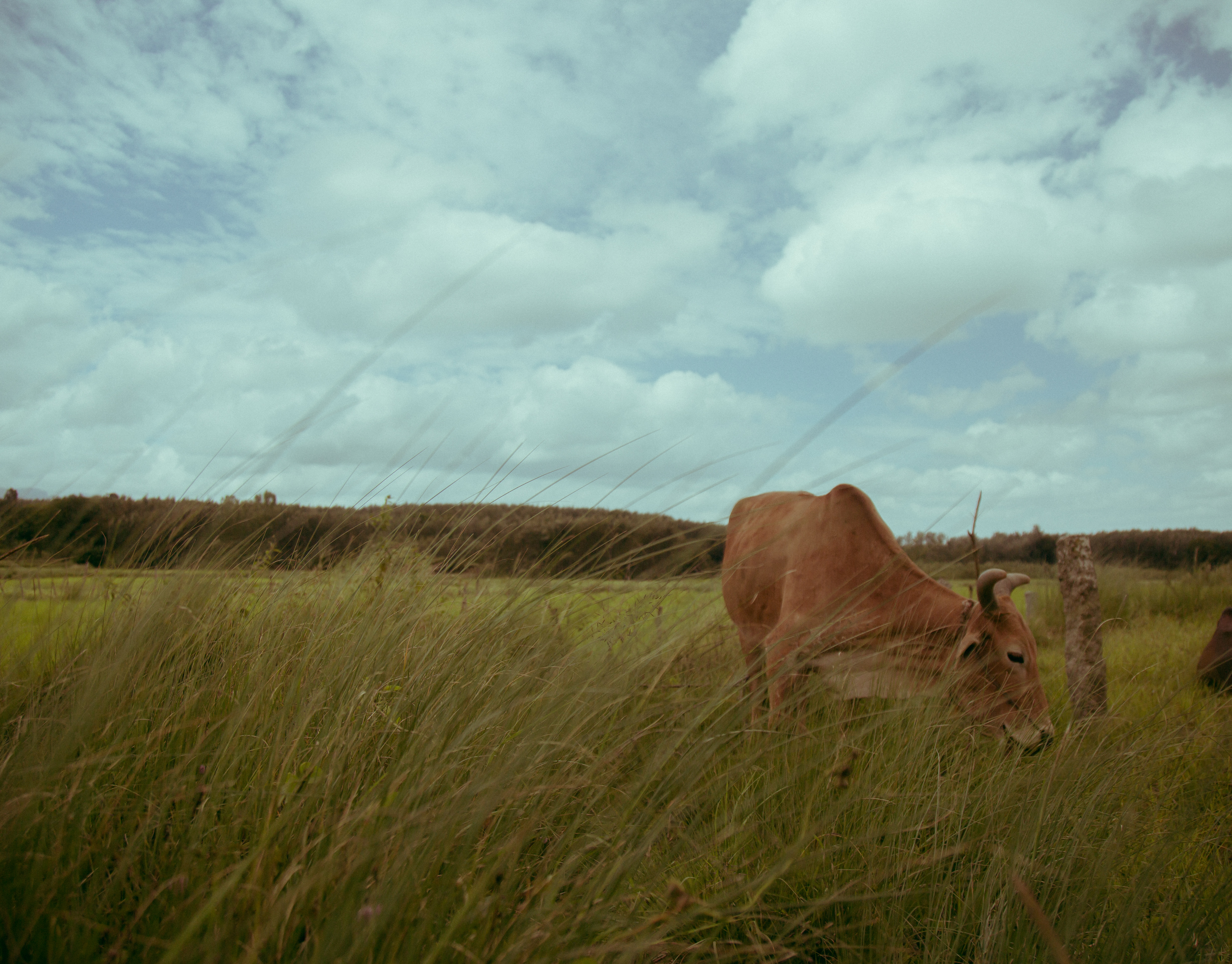A quiet and peaceful town in the valleys of Thimphu, the capital city of Bhutan.
Bhutan is truly a beautiful and peaceful country. It’s the people who make it a happier place.
Bhutan is truly a beautiful and peaceful country. It’s the people who make it a happier place.
A country with Negative carbon footprint, a country that also measures Gross National Happiness.
There are a lot of things to learn and observe in every culture,
Every new place, every new person we speak to, that’s exactly what travel does,
It builds knowledge and experience that stays for life.
There are a lot of things to learn and observe in every culture,
Every new place, every new person we speak to, that’s exactly what travel does,
It builds knowledge and experience that stays for life.
A beautiful valley surrounded by mountains looking down at the development. The overhead sun was making the roof shimmer like gold. The building behind me was a factory hosting a bunch of people carrying their everyday work. Busy creating thin sheets of paper, carrying the traditions forward. Making it special and precise with each one.
The famous handmade Bhutanese paper.
The famous handmade Bhutanese paper.
Handmade paper carrying history. A written document of knowledge.
Monks who engraved manu scripts.
All the resources from the past,
Passed on to the future,
Paper was made to last a life time,
Carrying all the data with it,
An incredible journey indeed.
Monks who engraved manu scripts.
All the resources from the past,
Passed on to the future,
Paper was made to last a life time,
Carrying all the data with it,
An incredible journey indeed.
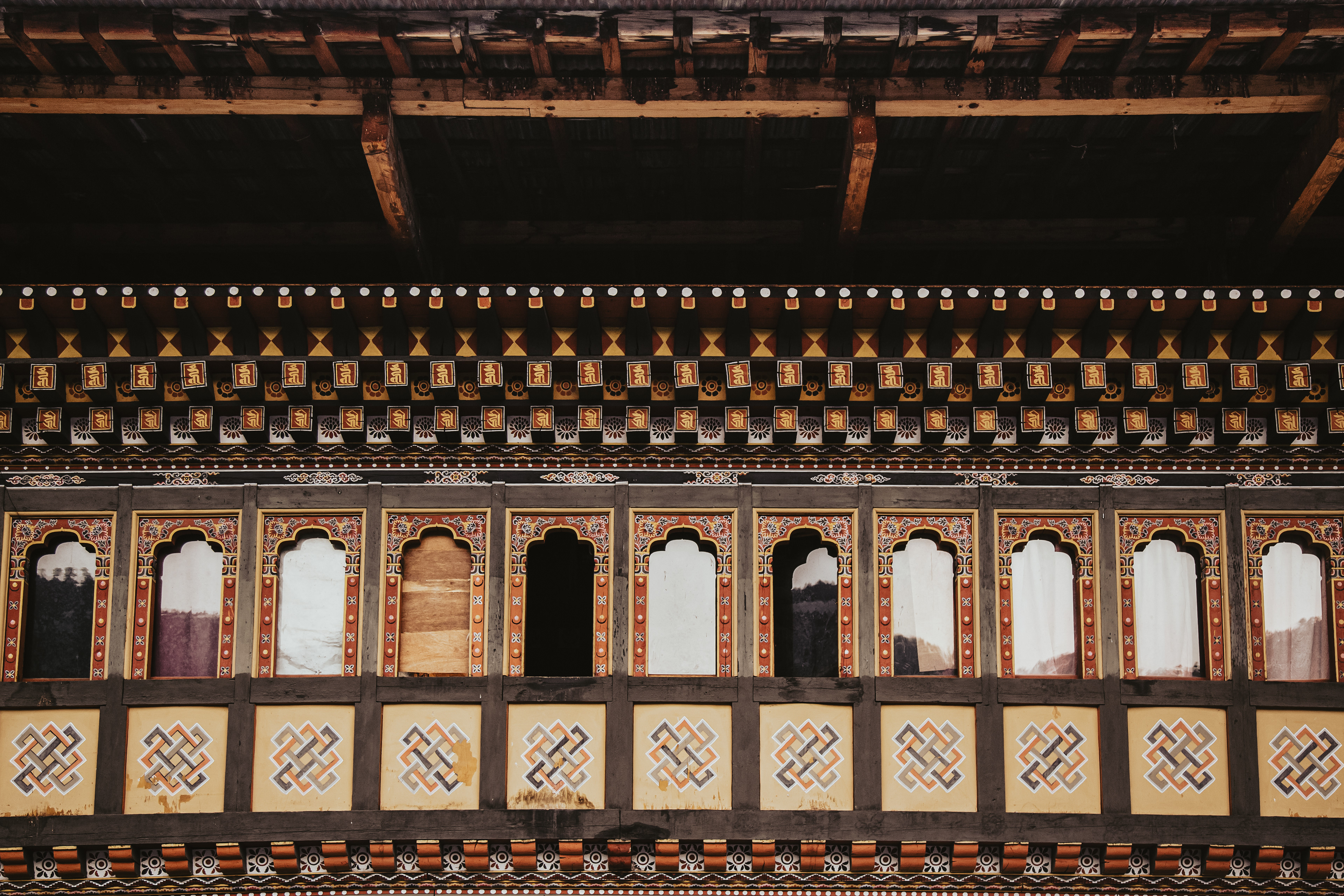
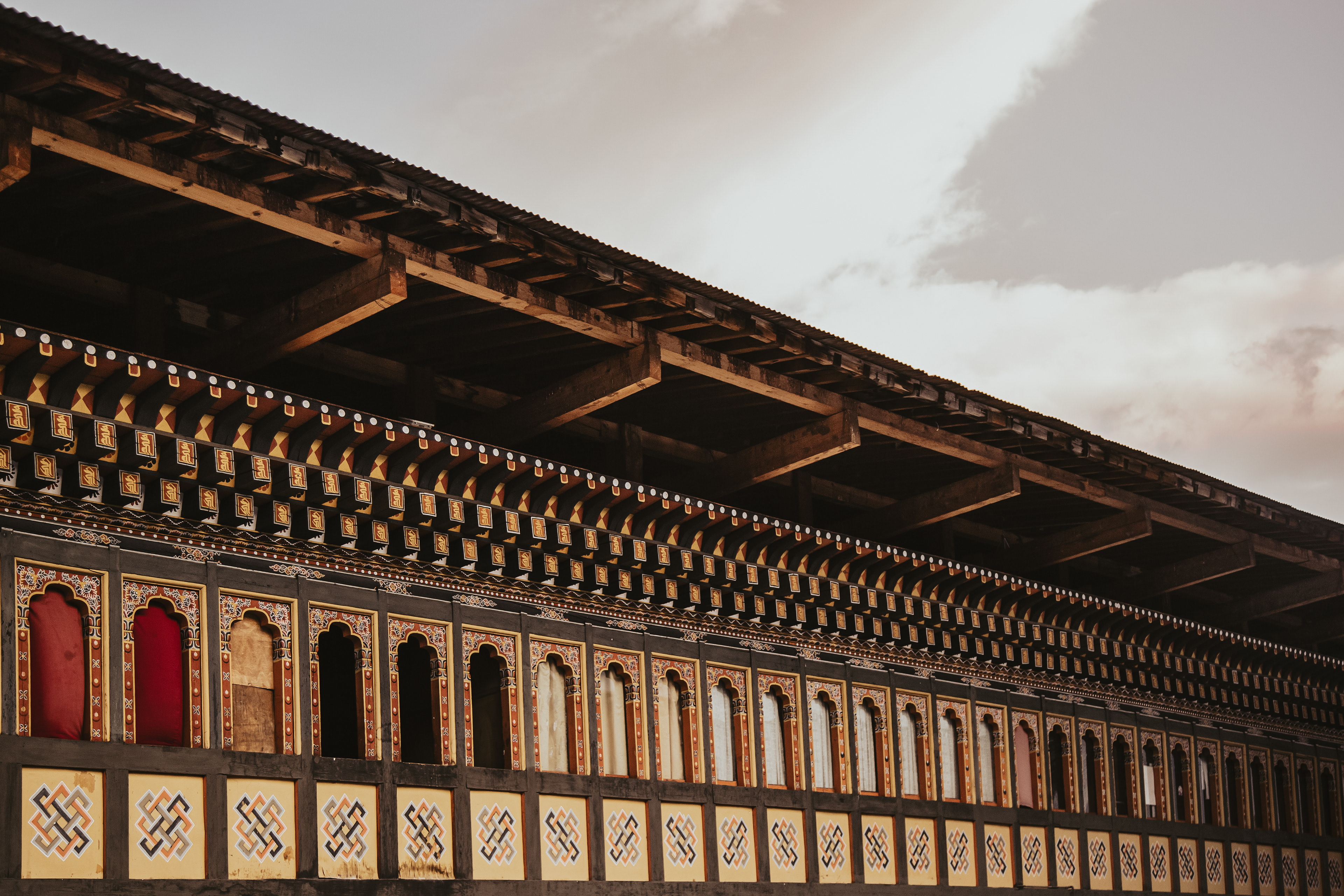
Paper making is an interesting technique. Developed in time by generations of experimentation, understanding the material available locally, their properties and the form in which they can be used.
A single sheet of paper goes through three days of rigorous manual work.
Picked, pulled, and spread all by hand. Today machinery have facilitated this process, confining the whole process to happen under a single roof.
A single sheet of paper goes through three days of rigorous manual work.
Picked, pulled, and spread all by hand. Today machinery have facilitated this process, confining the whole process to happen under a single roof.
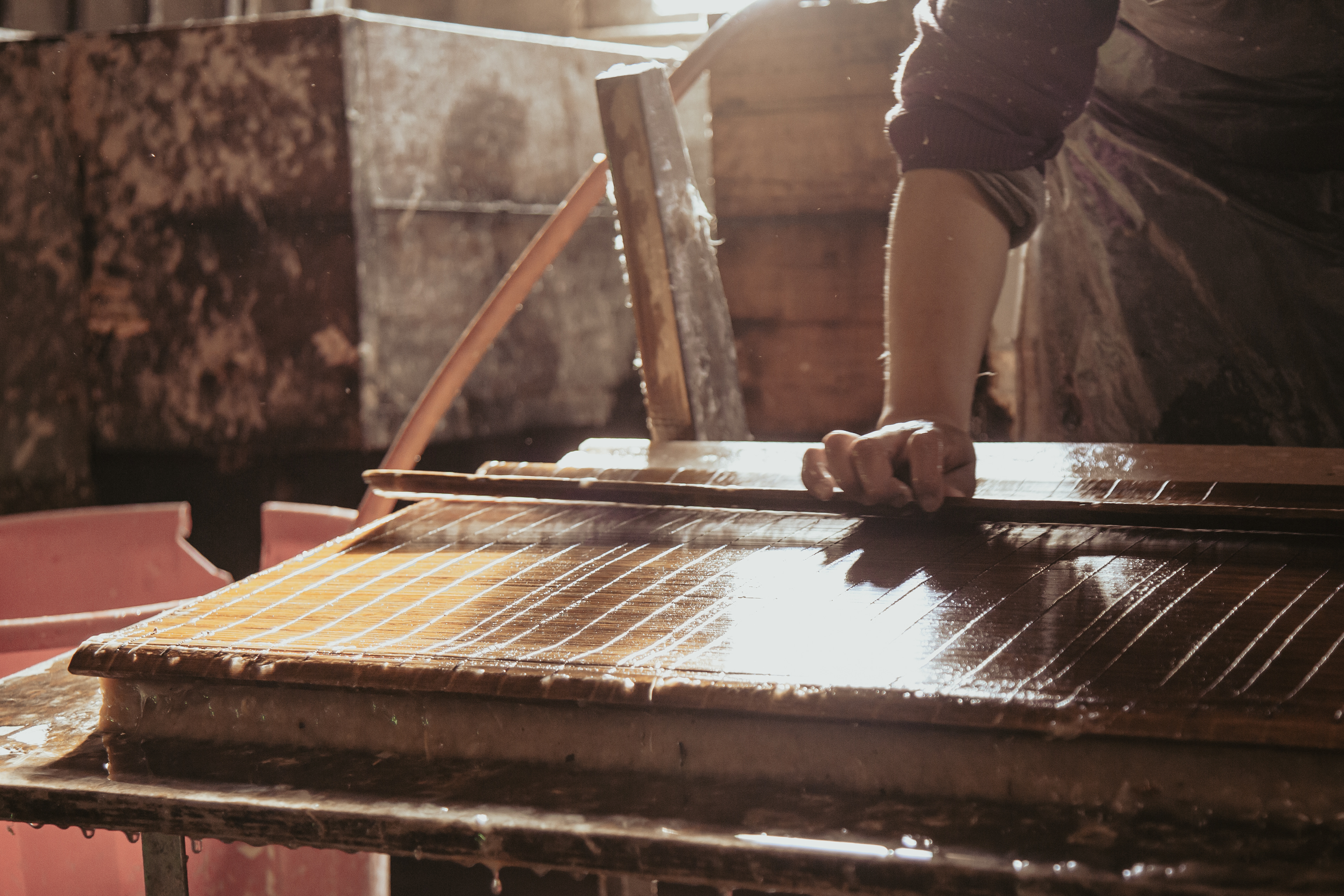
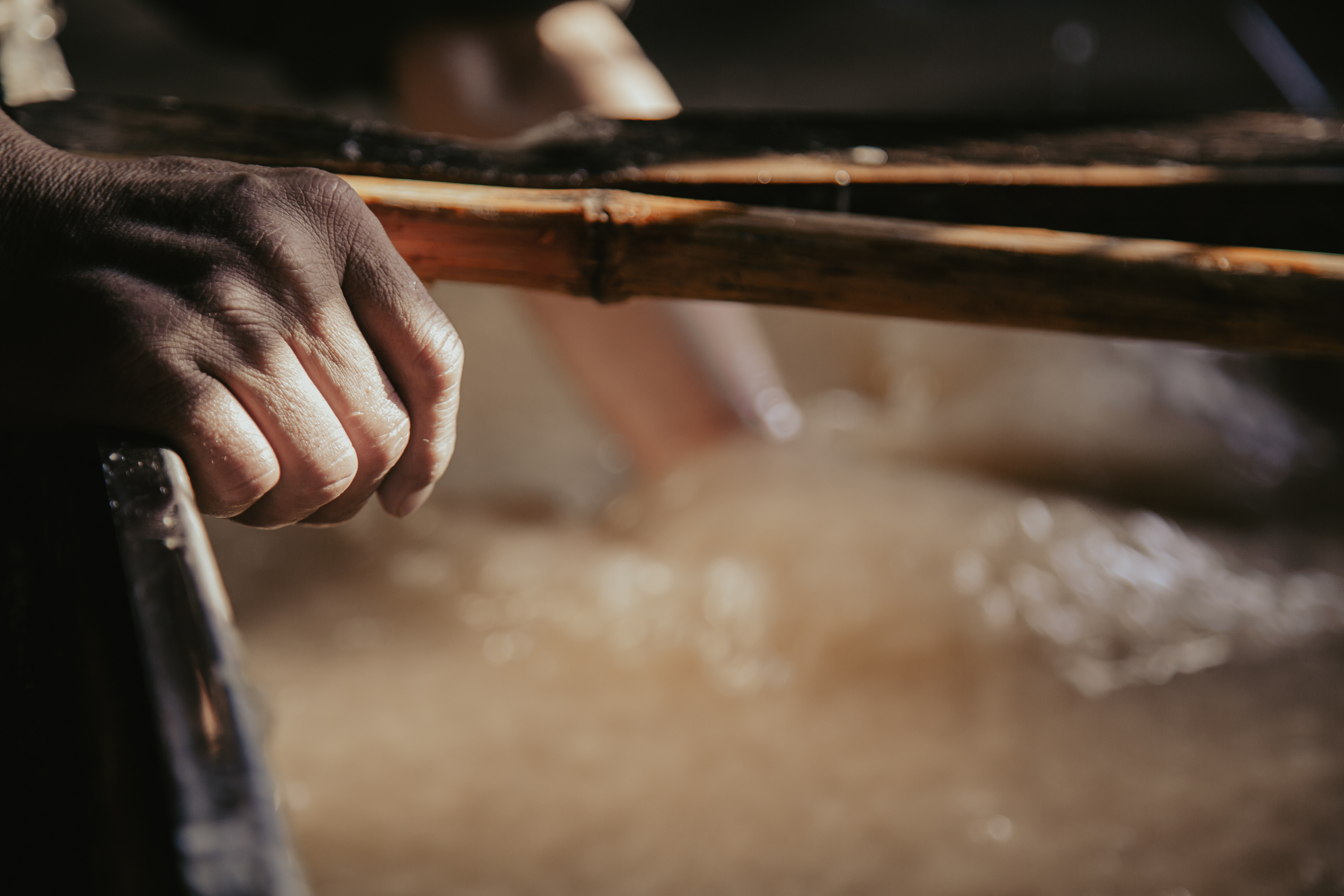
Paper begins it's journey at around 1500ft-3000ft above sea level. In the thick lush green forests of Bhutan. It can go up till 7000ft depending on the choice of raw material. The process that I got a chance to document it’s the White Daphne Papyrus tree. Barks of this tree is harvested over time, carried to the valley, dried well and stored until use.
Dried barks meet the water after a long time,
this time to become something that lasts longer,
getting well drenched and soak in water for a day long.
this time to become something that lasts longer,
getting well drenched and soak in water for a day long.
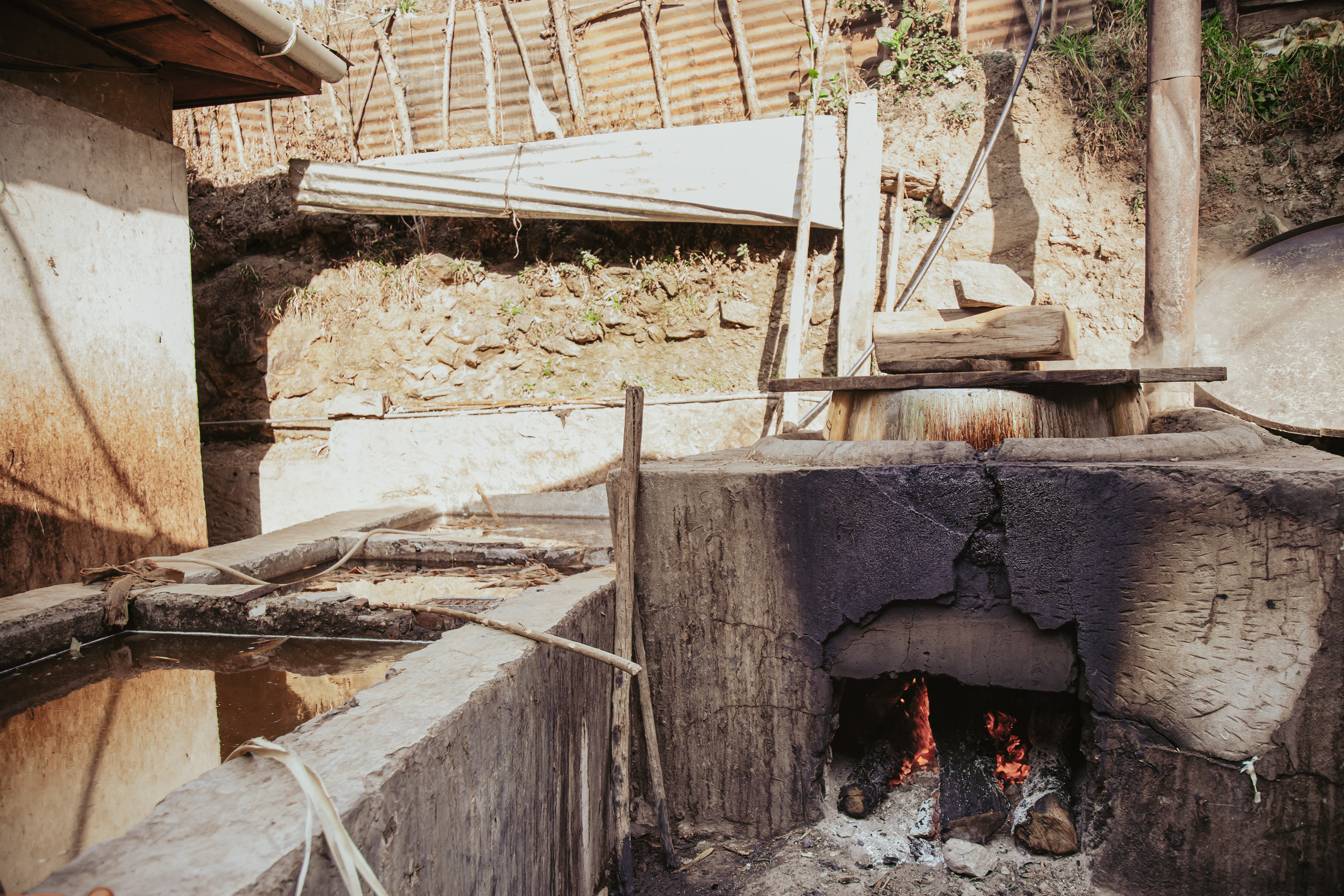
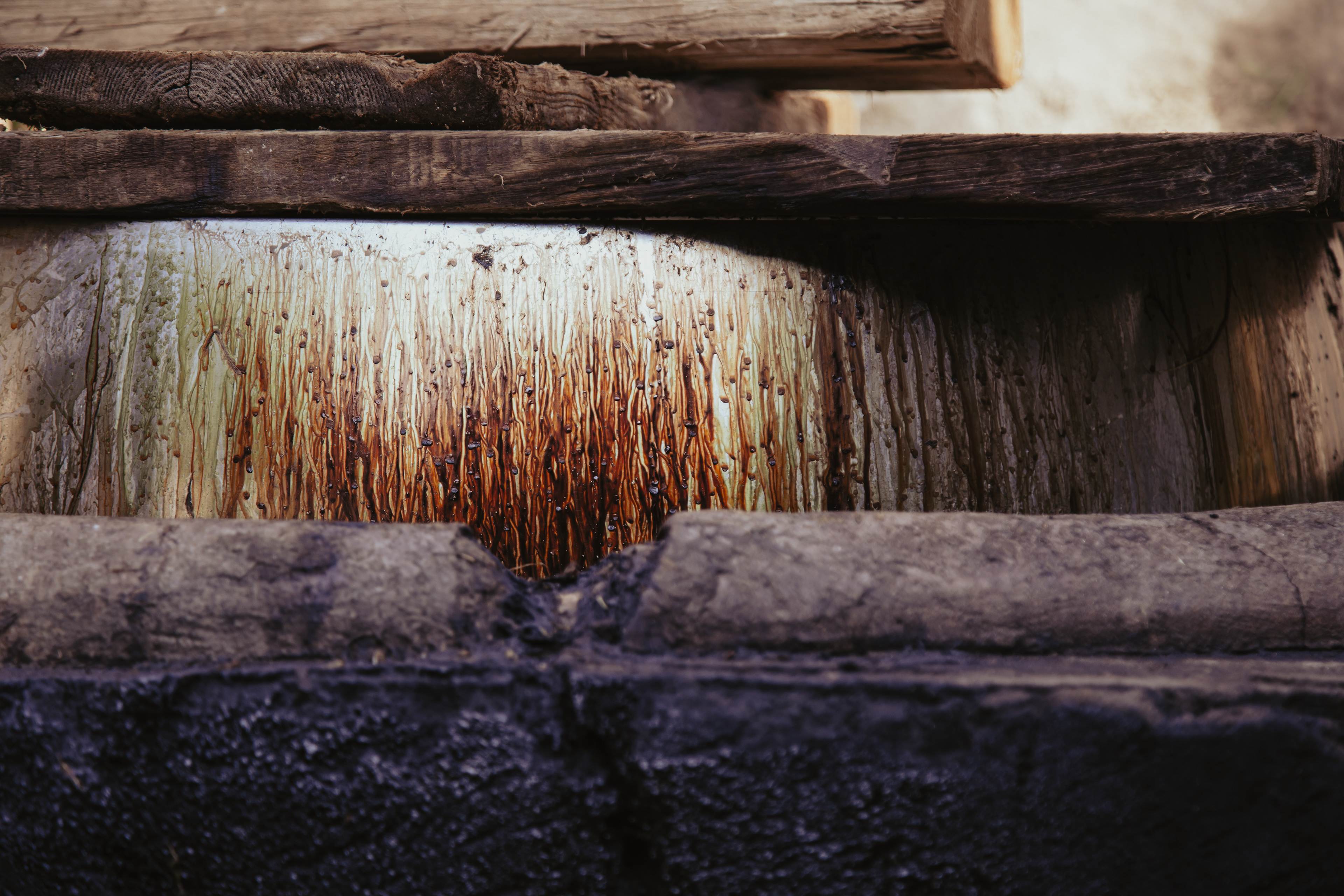
Barks are soaked in large water tanks sitting right next to the boiler making it easy to then transferred into a boiler. It is cooked for a good 5hours until the fiber is all soft and tender.
Well-cooked barks are poured into the water tanks next to the boiler, washed manually with clean water for about 6 to 7 times back-to-back until its fully clean.
The washed fibre reaches more hands waiting to separate the soft fibre refining raw material and preparing for the next stage.
It's a community based activity where women sit for hours and do this each day.
The washed fibre reaches more hands waiting to separate the soft fibre refining raw material and preparing for the next stage.
It's a community based activity where women sit for hours and do this each day.
Cleaned fiber is loaded on to a pulping machine.
Green fiber is crushed, chopped into fine pieces. So fine it becomes a thick pulp.
It is constantly monitored and checked by hands.
Green fiber is crushed, chopped into fine pieces. So fine it becomes a thick pulp.
It is constantly monitored and checked by hands.
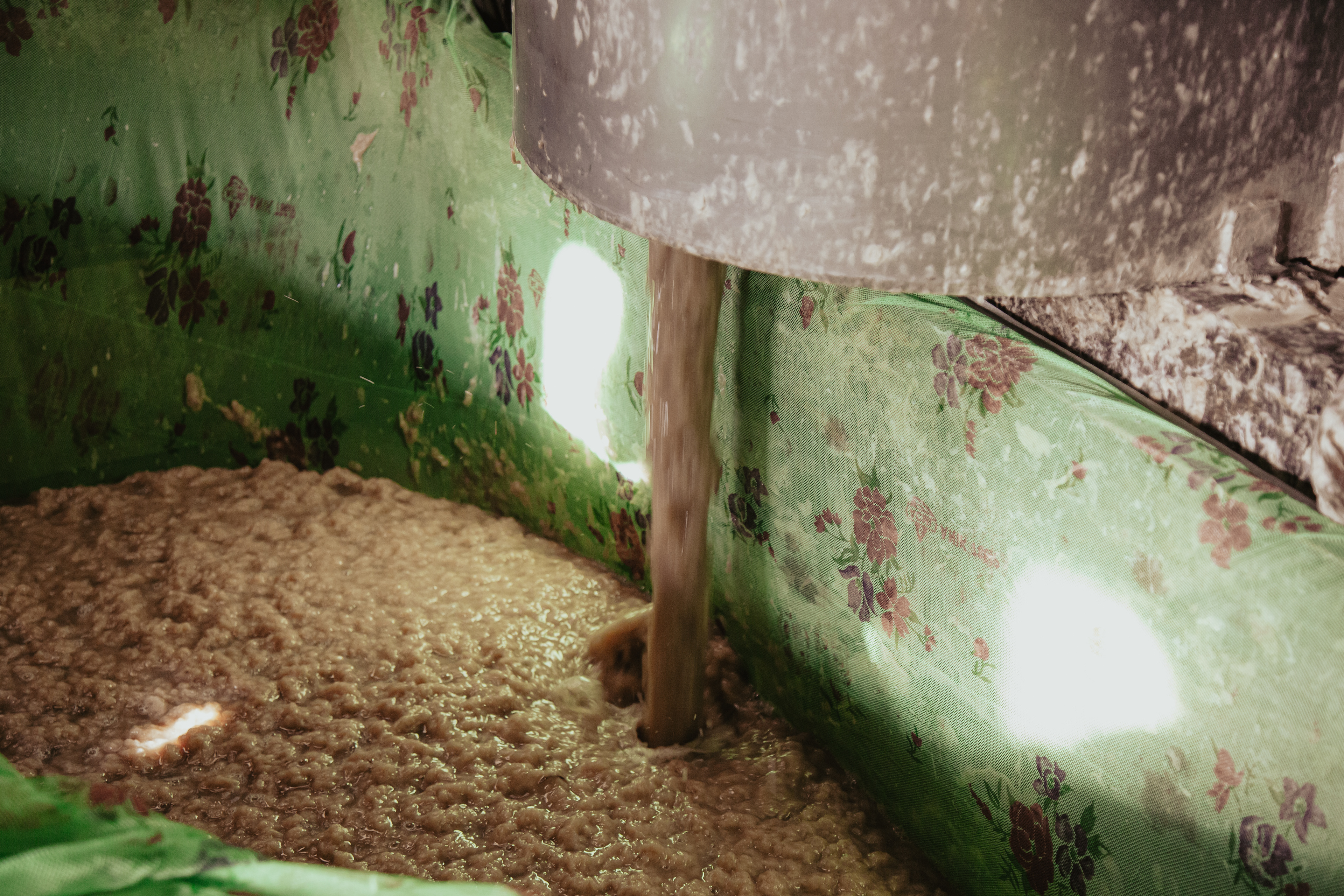
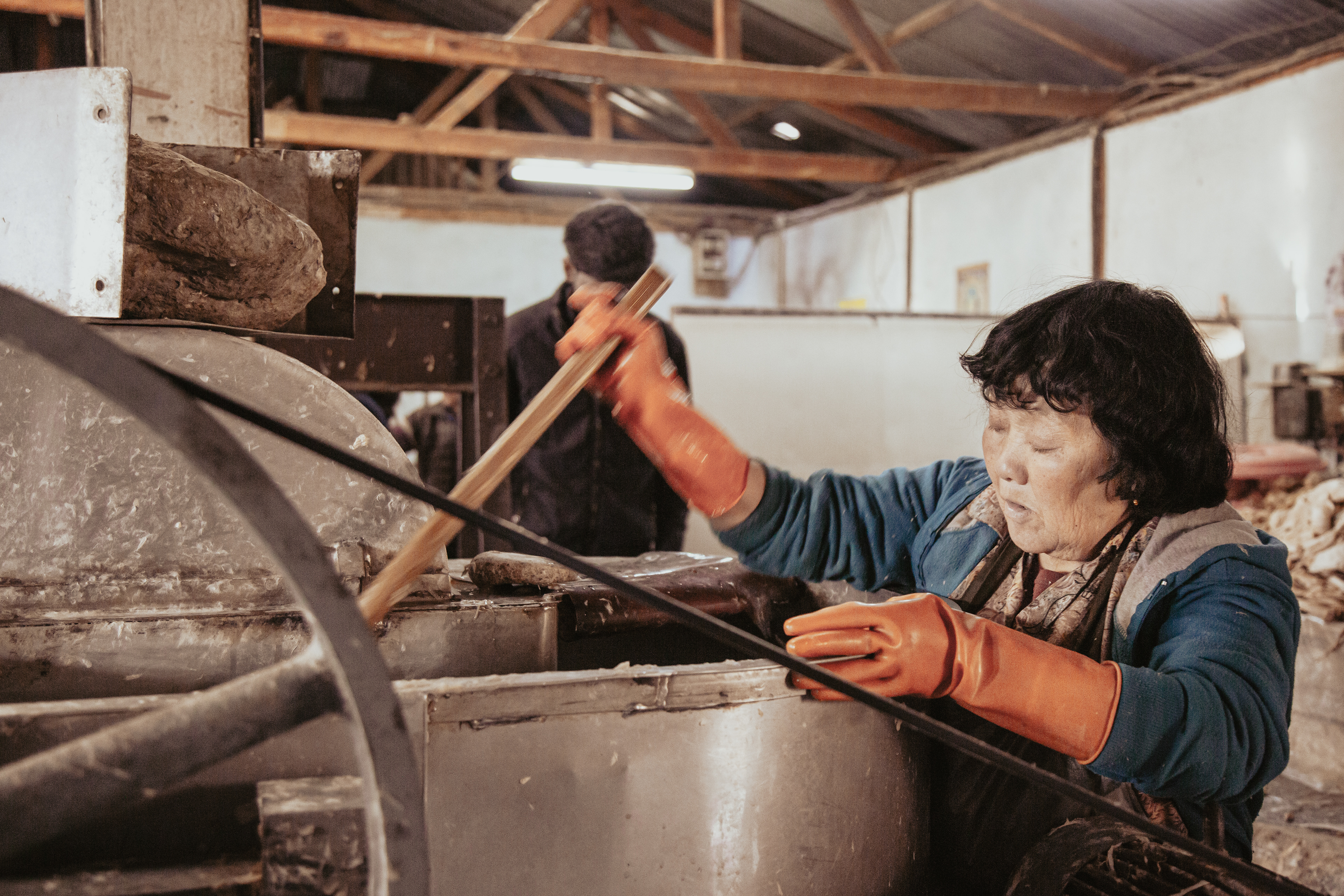
The pulp is then mixed with water transferred into a wooden vat.
3ft by 6ft long with a depth of 1ft. There were 6 such vats under this roof working day in and day out.
3ft by 6ft long with a depth of 1ft. There were 6 such vats under this roof working day in and day out.
Once the pulp reaches the vat it is mixed with starch made of hibiscus roots. It helps the pulp bind well also adding stiffness to the paper.
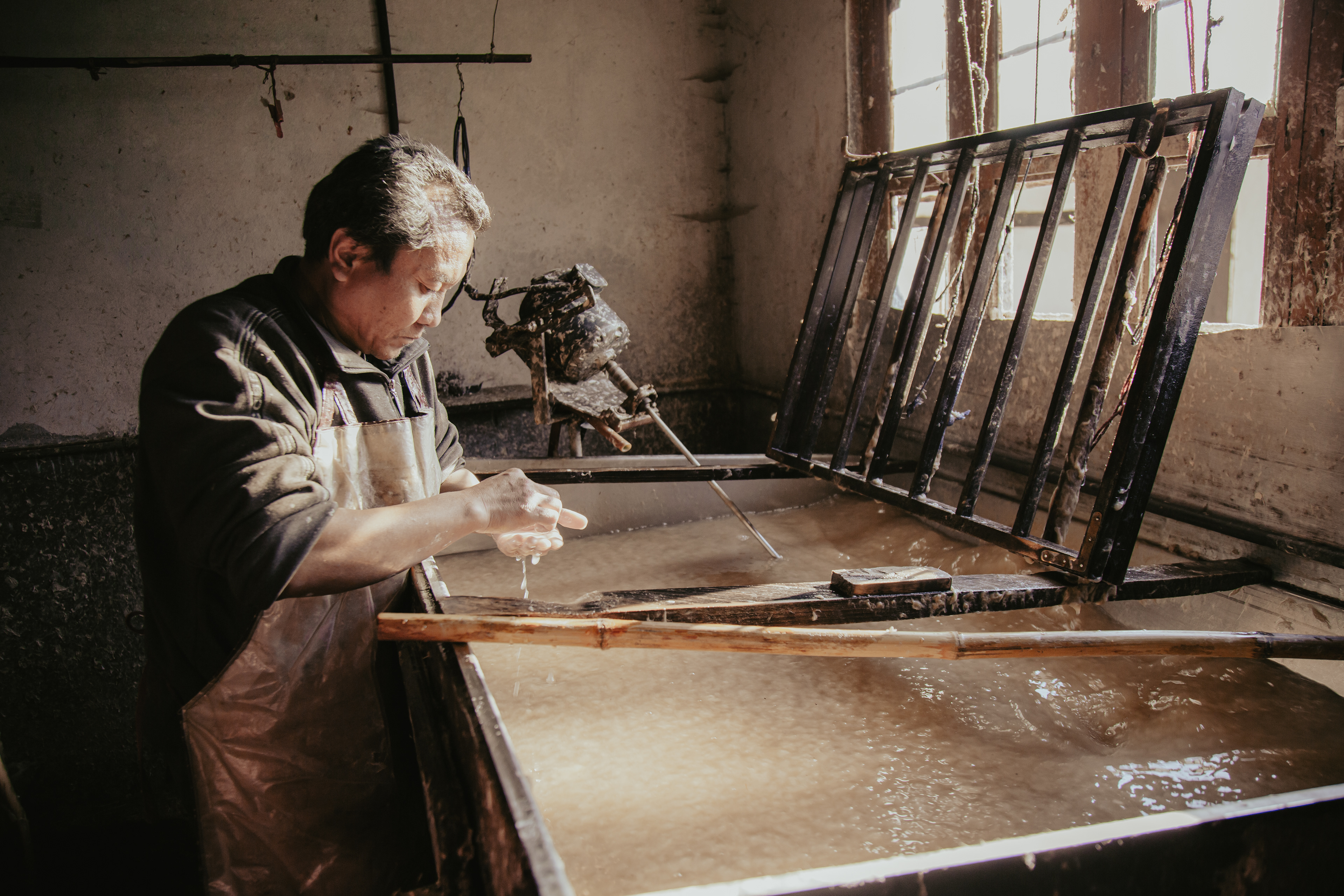
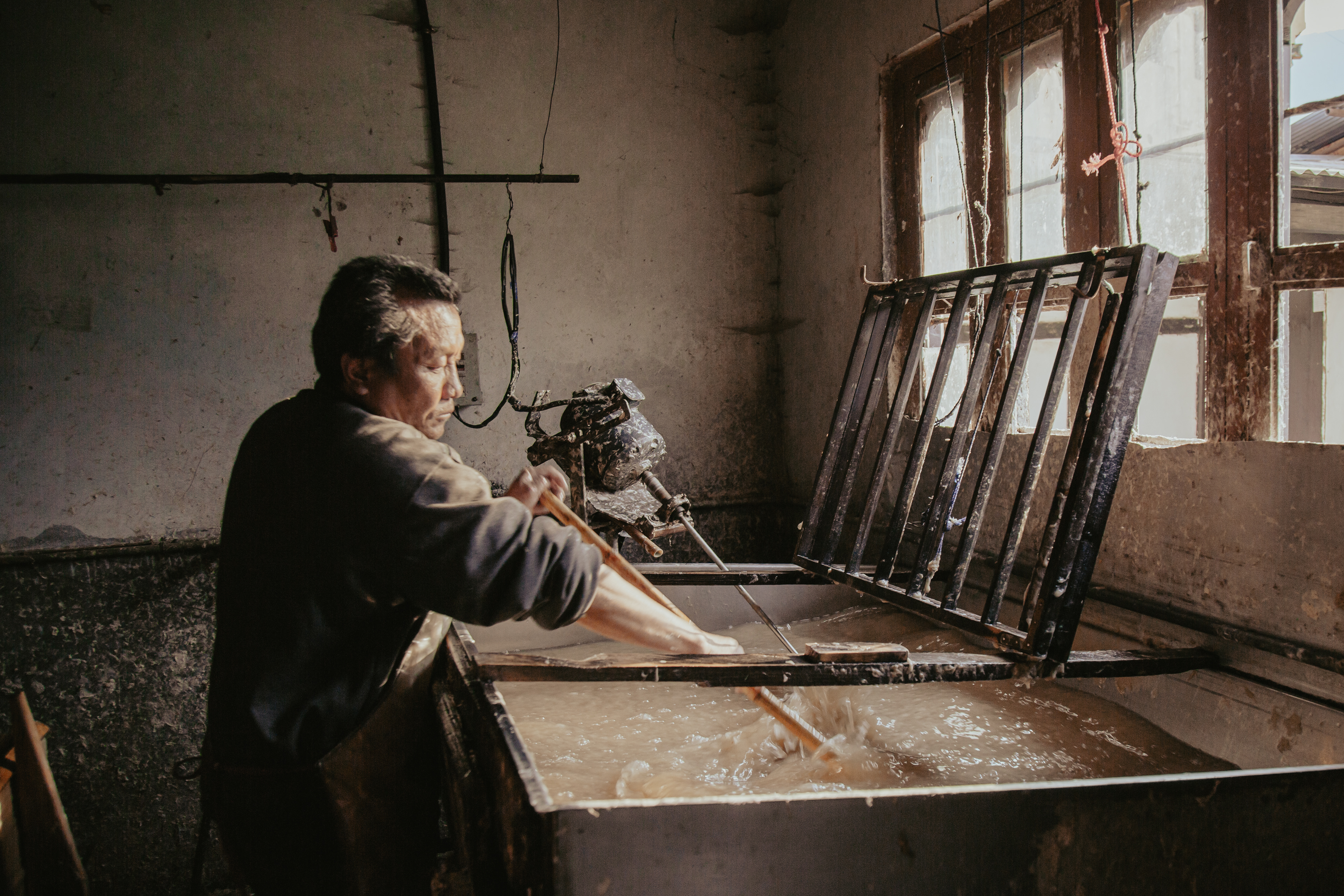
The pulp is mixed thoroughly in the vat until it becomes a thick mix ready for the interesting dip. Two wooden flats are fixed on to the vat along the shorter side with less than 2ft distance between them. Over this sat a larger wooden frame of 2ft by 2-and-a-half-foot length freely suspended from the roof hanging with two large strings fixed on to the upper wall,
The wooden frame had two parts hinged together. The base had battens along the shorted side at frequent intervals, over this was a flat top frame that secured the edges. Between the two frames sat a thin hand-woven bamboo mat with thick members at the top and the bottom for easy movement.
The suspended wooden frame had two handlebars on top. slowly immersed into the vat followed by a few swift swirling ensuring the pulp is uniformly spread on to the bamboo mat. The experienced hand know exactly how much to spread the frame is quickly pulled out of the water, frame is unlocked.
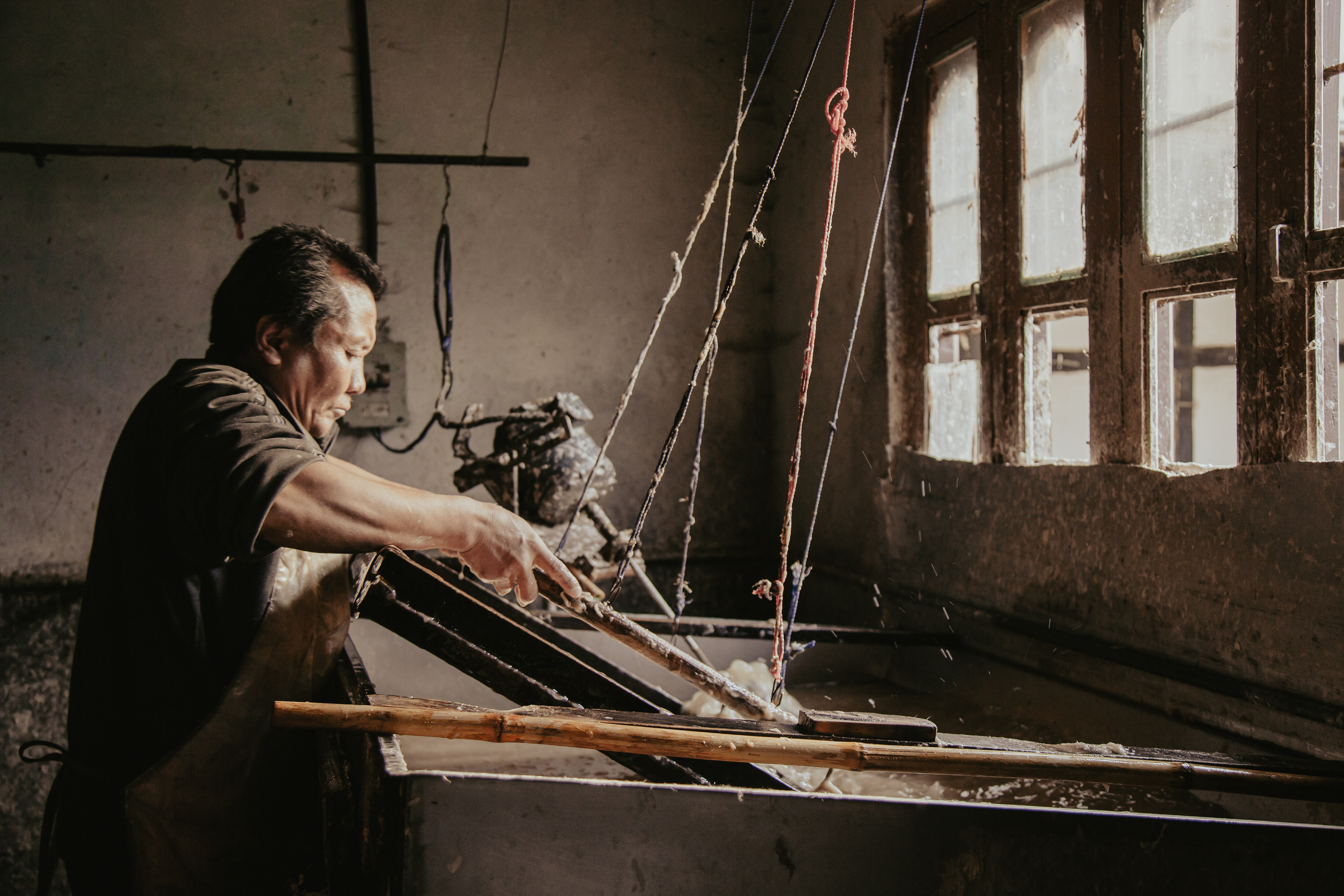
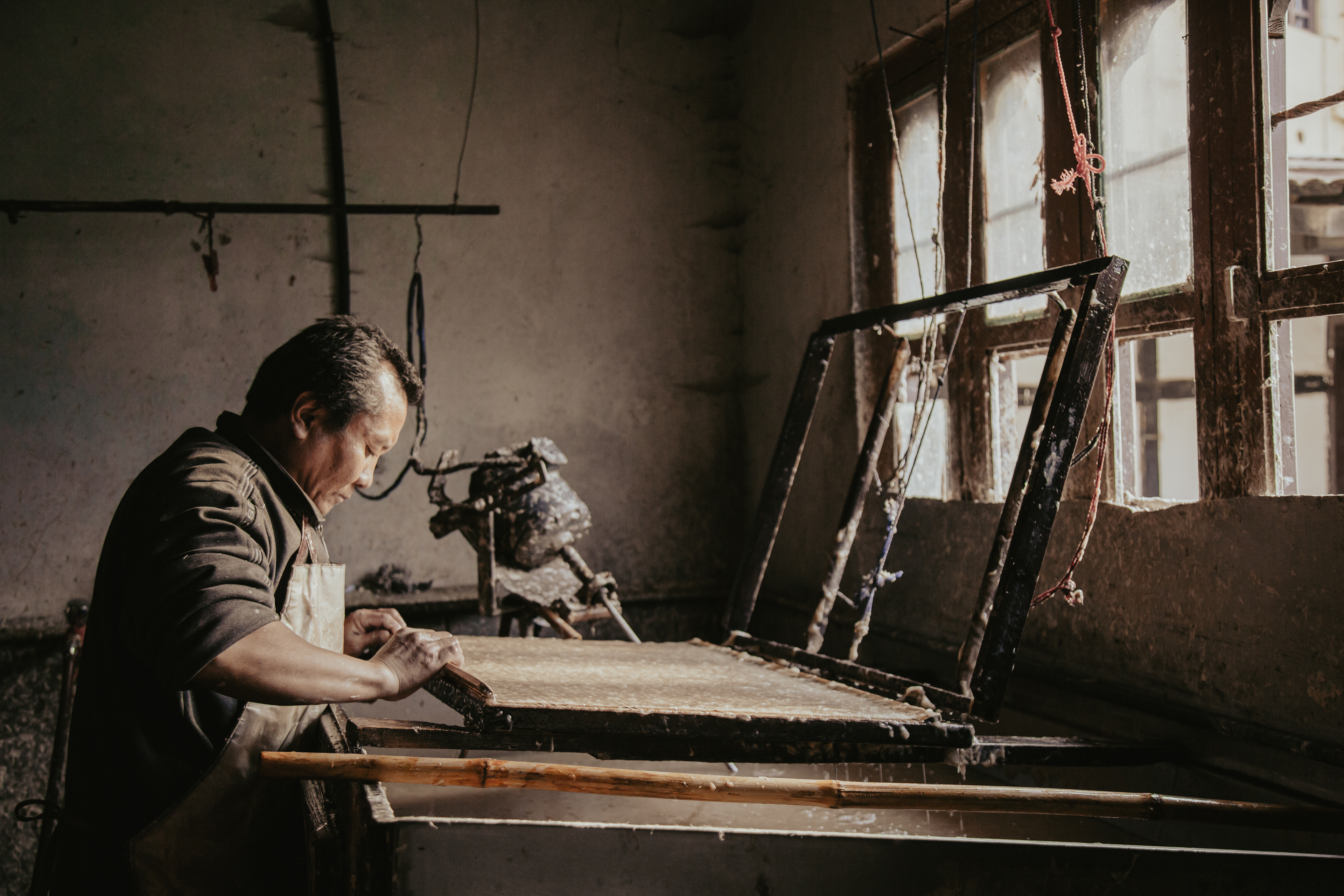
Excess pulp is removed by hand,
and the bamboo mat is safely lifted, transfer on to a table that sat right behind the vat.
Each sheet is made this way until the table received 300 sheets.
and the bamboo mat is safely lifted, transfer on to a table that sat right behind the vat.
Each sheet is made this way until the table received 300 sheets.

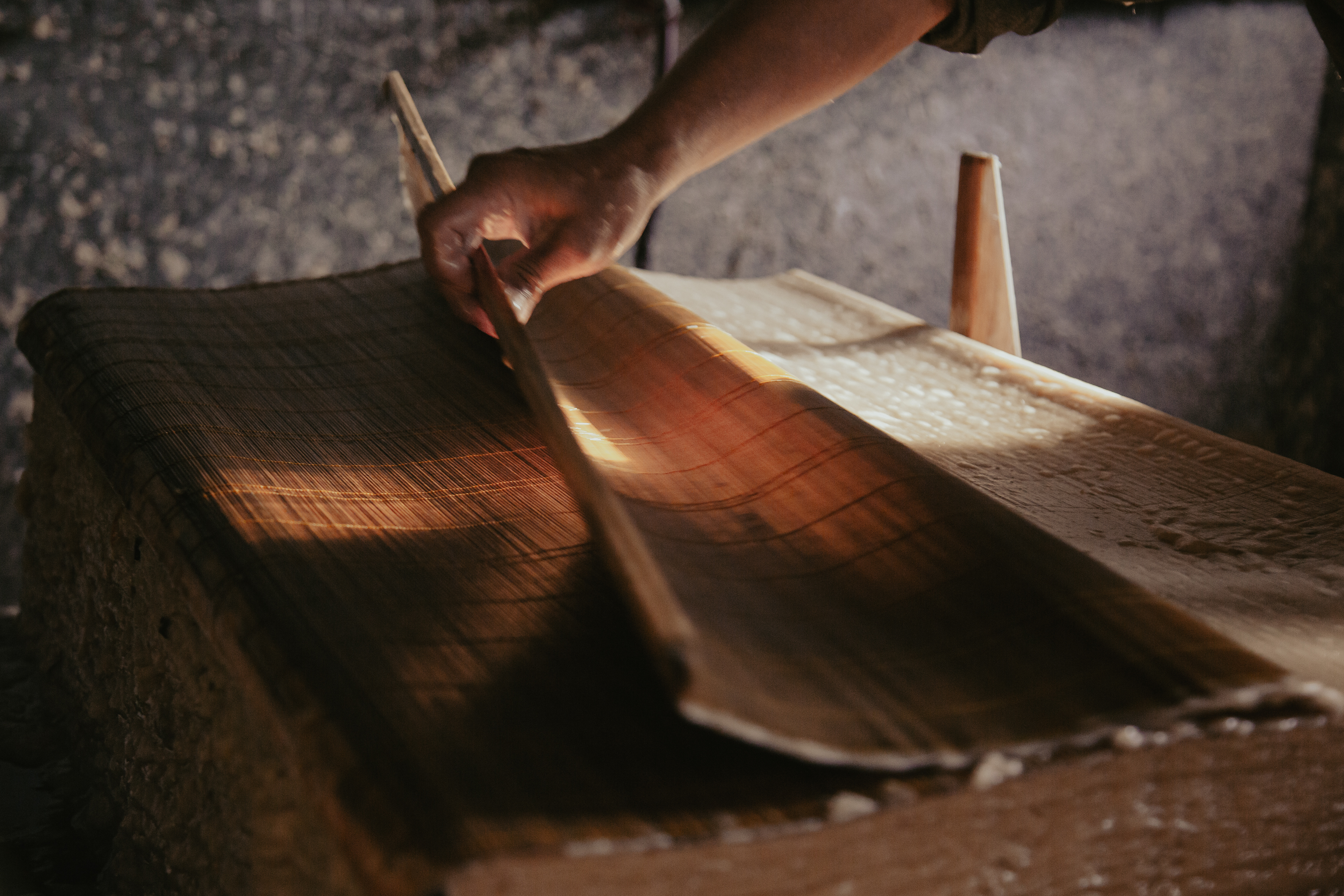
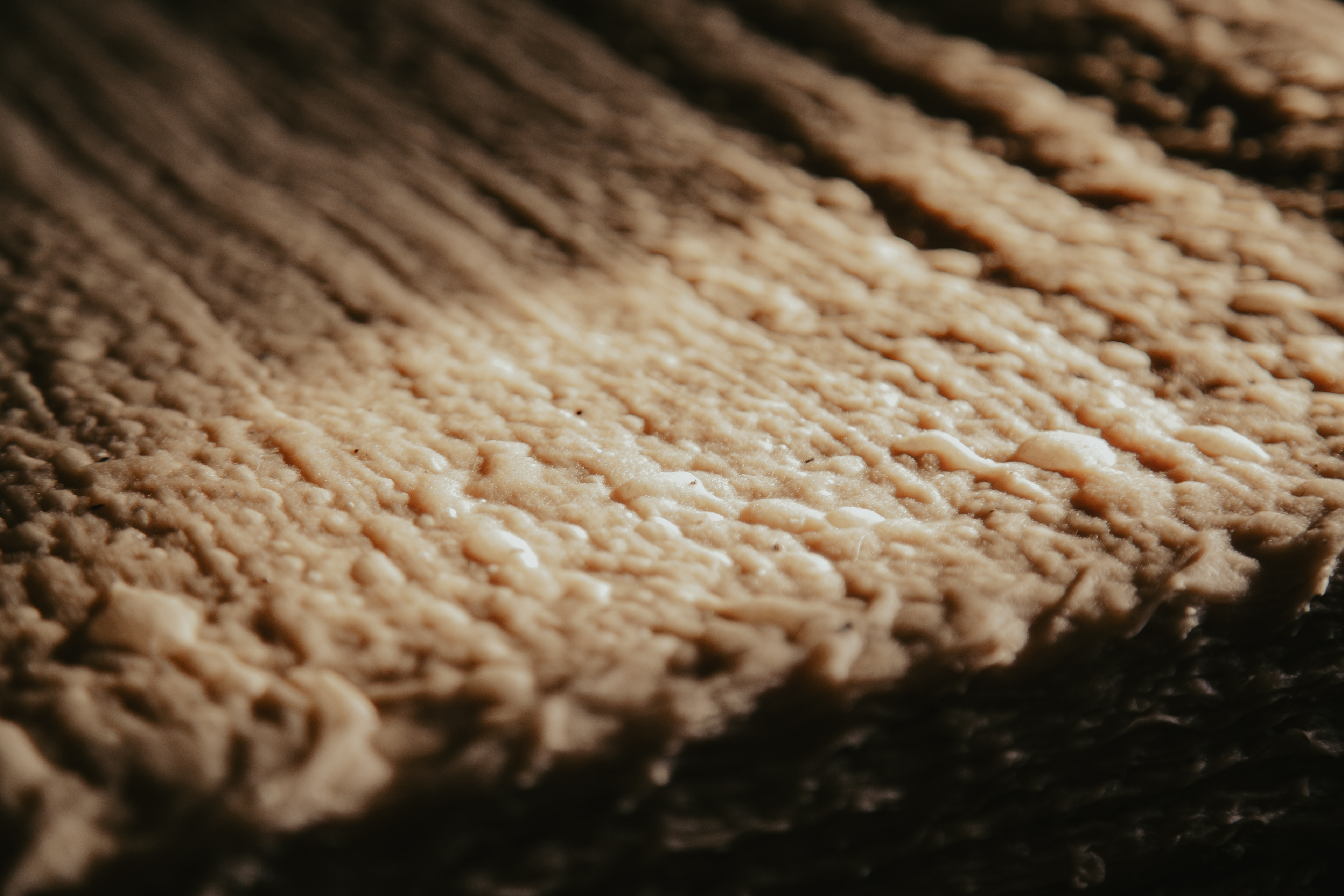
Once the 300 sheets are stacked,
it travels to a compressor to remove all the excess water
it travels to a compressor to remove all the excess water
Each sheet is carefully separated and spread on to a vertical dryer.
Sheets dry here for a few minutes becoming thin, crisp handmade paper.
Sheets dry here for a few minutes becoming thin, crisp handmade paper.
It’s a journey,
It’s a skill,
It’s the passion,
It’s the tradition.
Hand made crafts are always special.
It’s a skill,
It’s the passion,
It’s the tradition.
Hand made crafts are always special.
Jungshi Handmade Paper Factory

